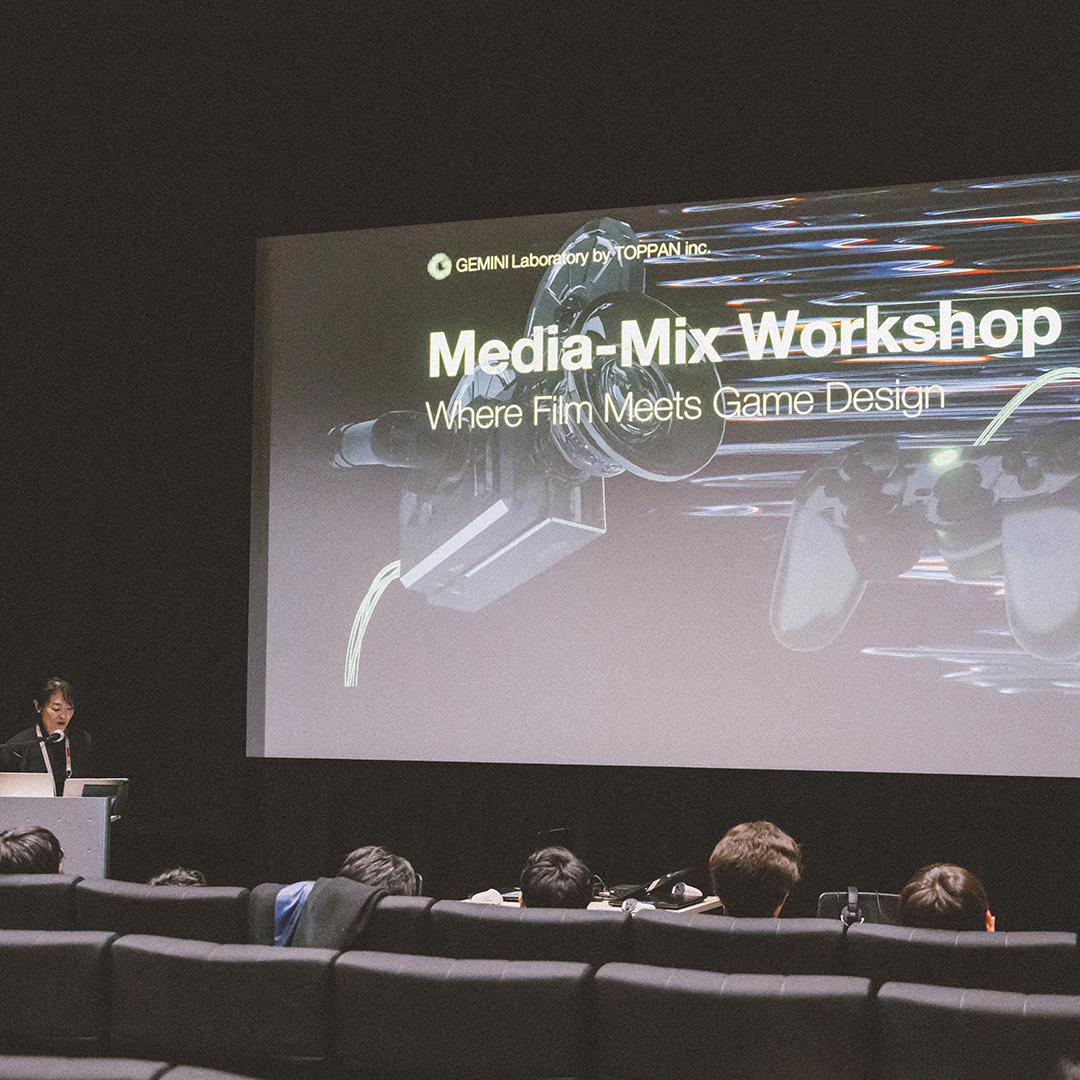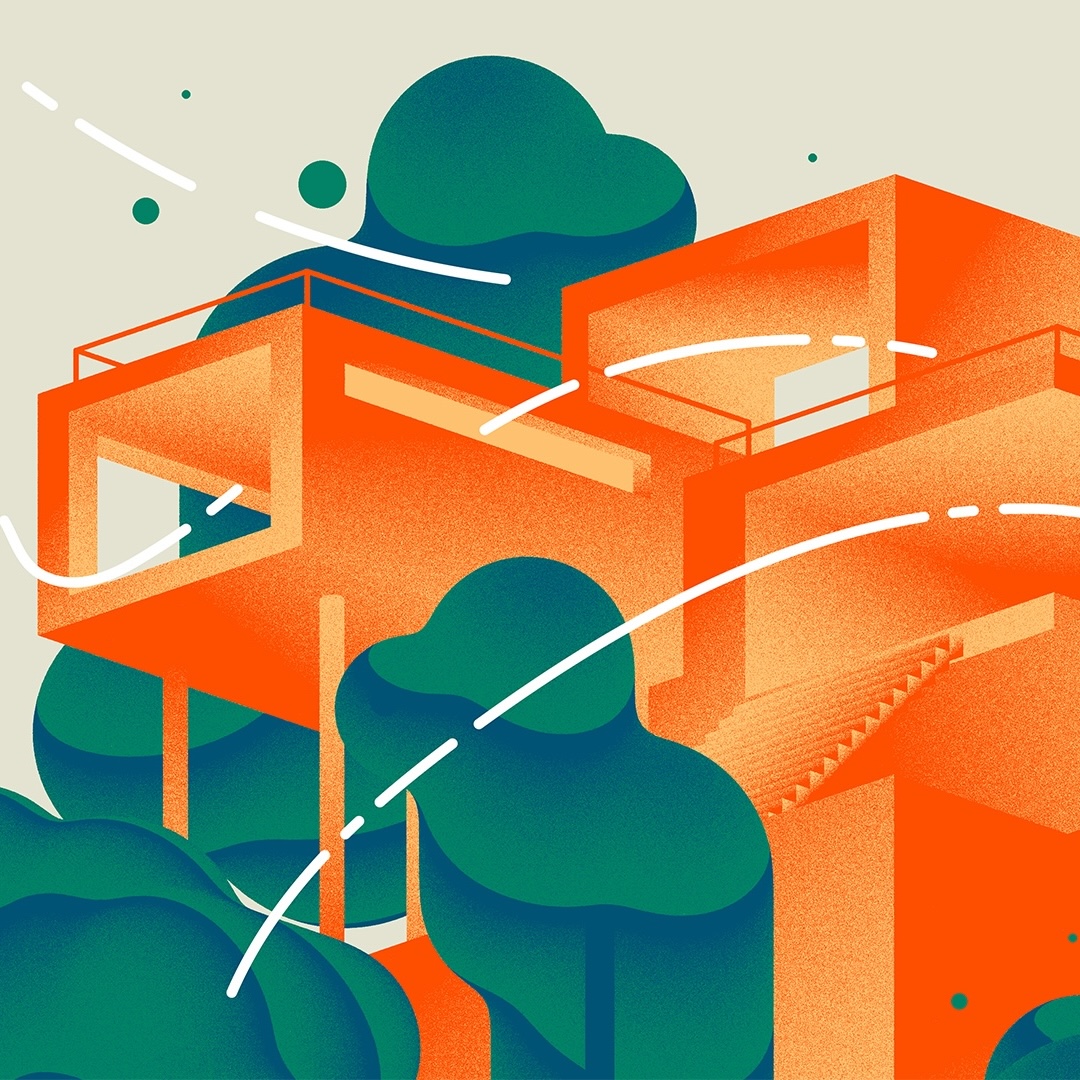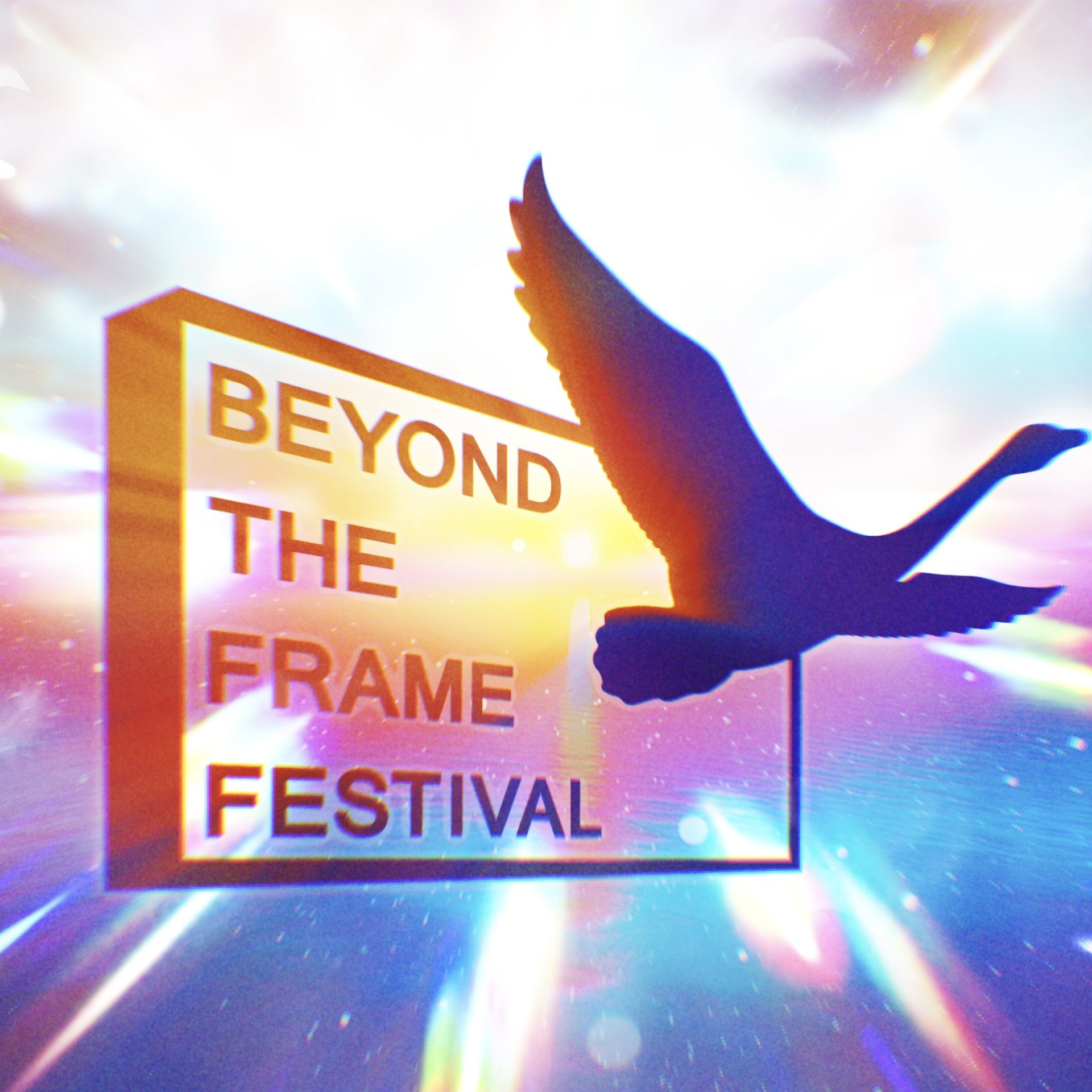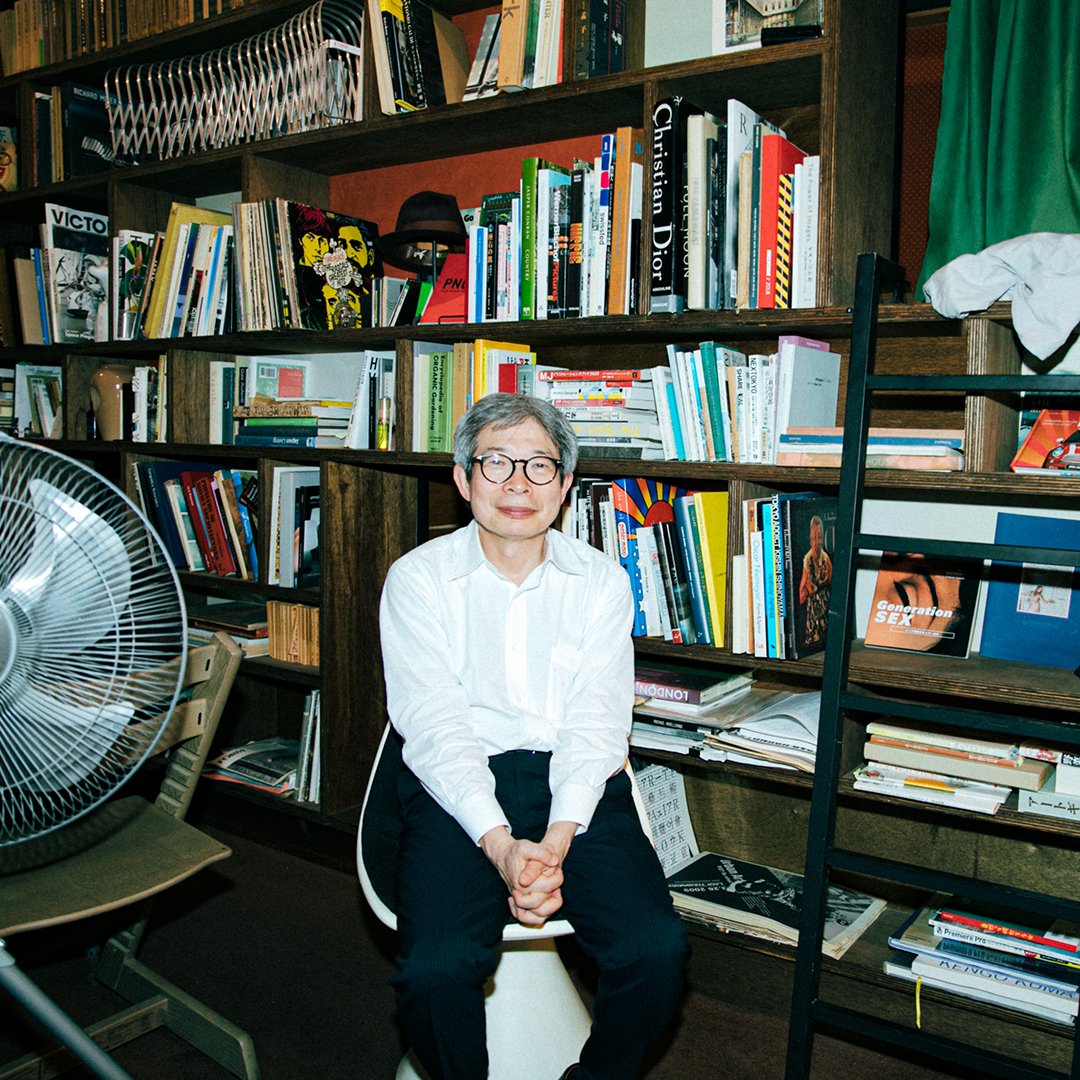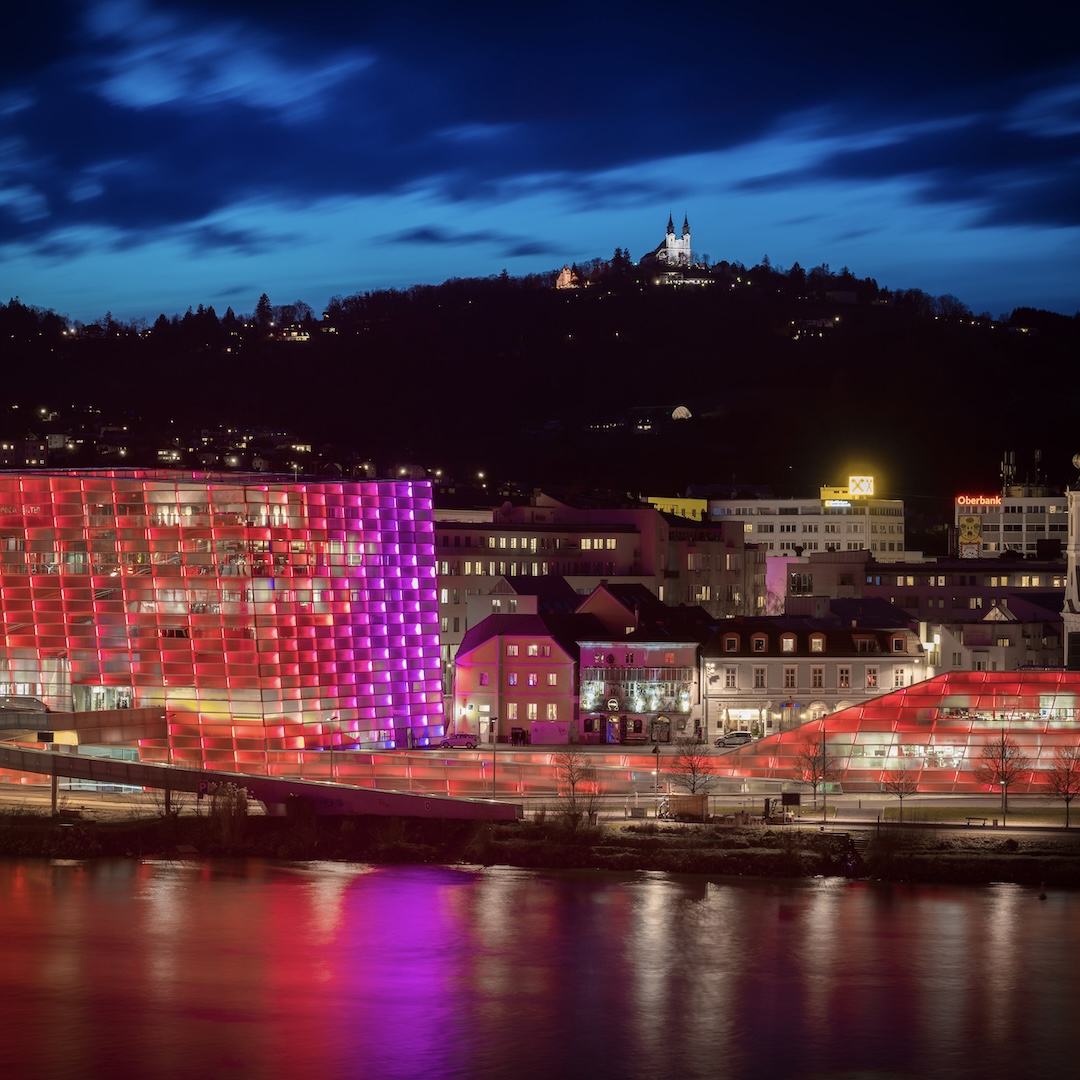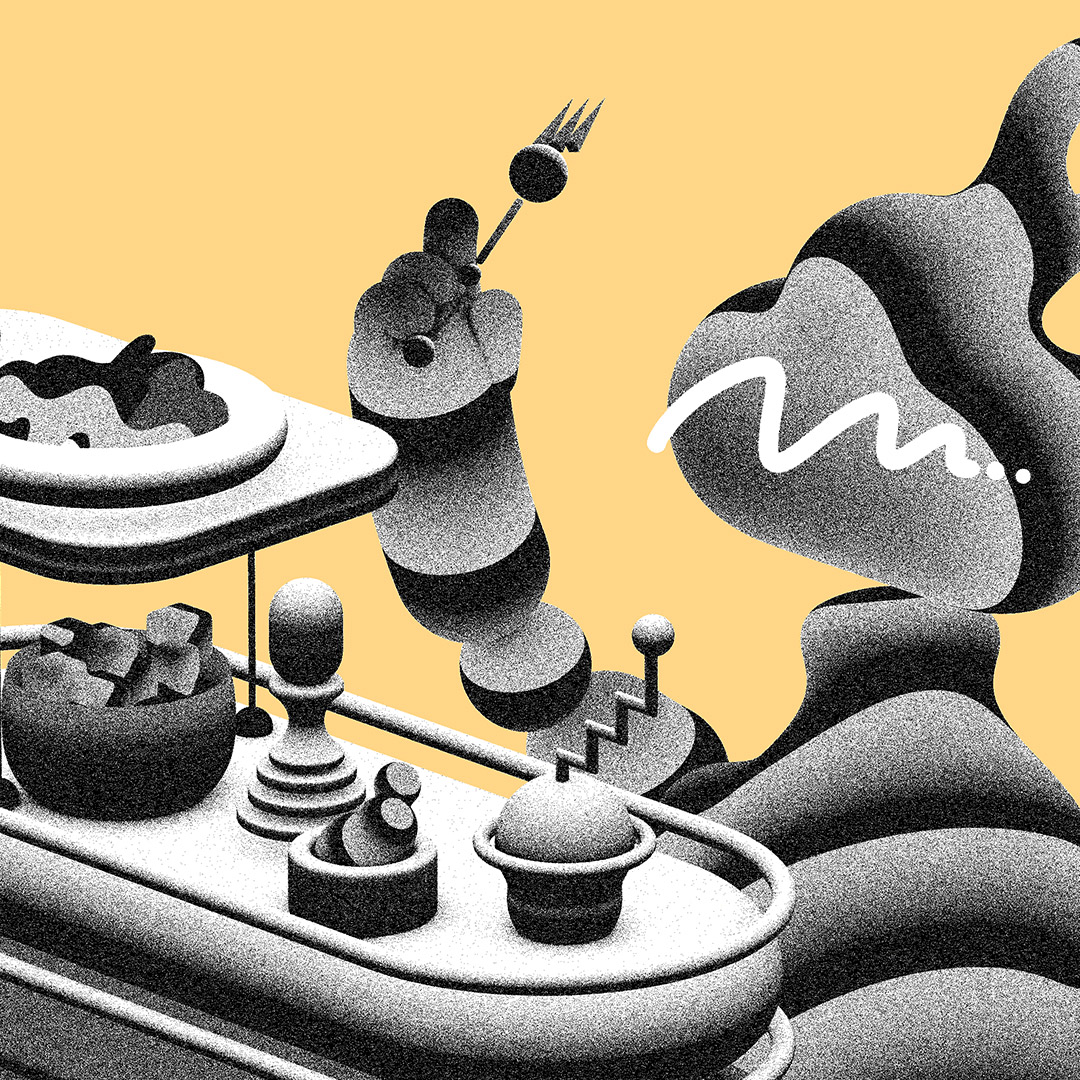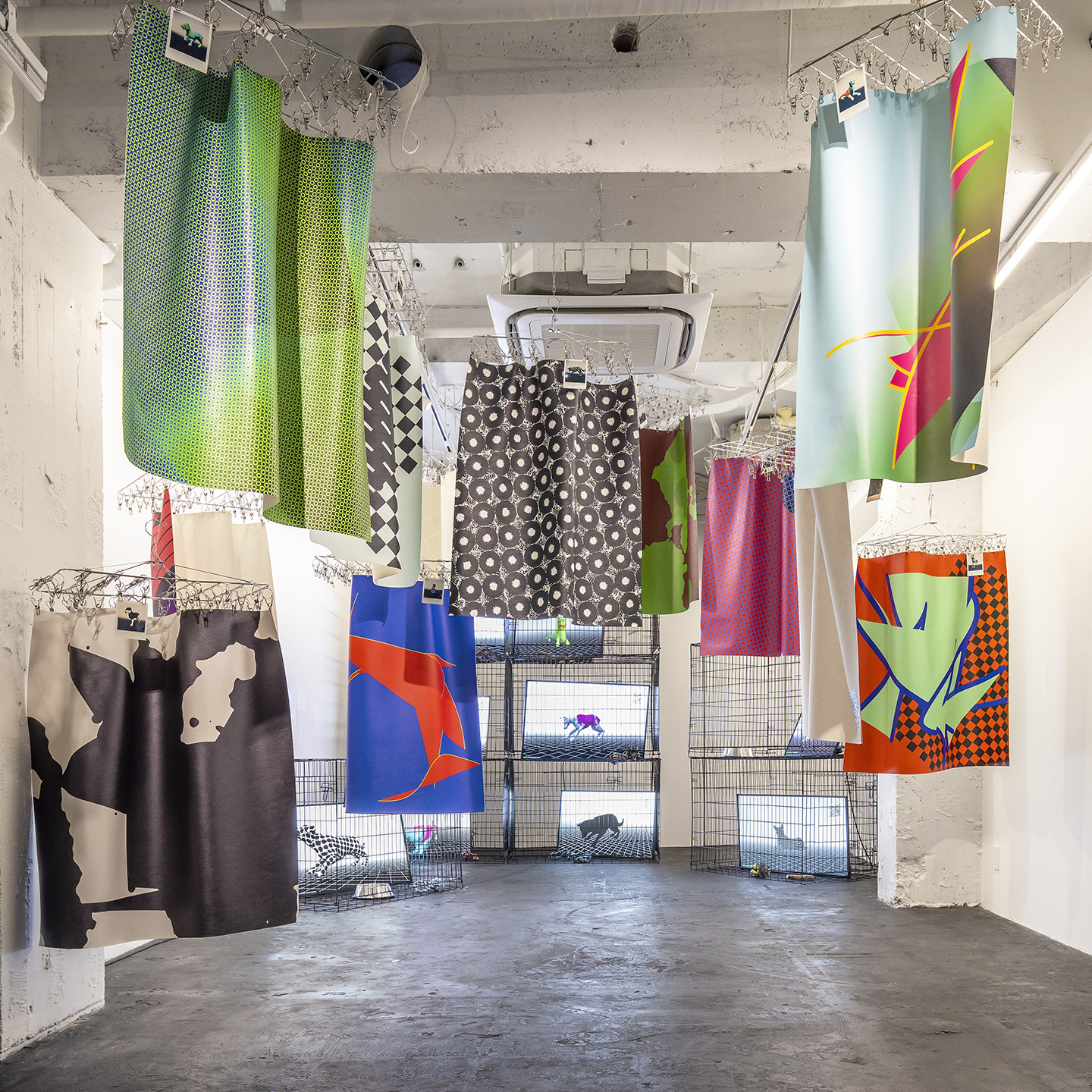Sega’s popular Like a Dragon (franchise) video game series has recreated realistic downtown streetscapes based on motifs such as Kabukicho and Dotonbori. In the latest title, Like a Dragon: Infinite Wealth (8), the setting expands to Hawaii to depict the way the passionate men live.
The series has also gained popularity for the high quality of its reproduction of cityscapes, but Masayoshi Yokoyama, president of Ryu Ga Gotoku Studio, which oversees development, says, “To tell the truth, we have no desire or idea to create something realistic.” The reason?
Like a Dragon: Infinite Wealth Story Trailer
Starting Point: “For Adults who are tired of video games”
– The Yakuza (franchise) has featured elaborate modern urban spaces, centered on “Kamurocho,” a fictional district inspired by Kabukicho. The latest title, Like a Dragon: Infinite Wealth (hereinafter, Infinite Wealth), features Hawaii for the first time in the series. The series has evolved its technology with each successive title, but what was the starting point in the first place?
Yokoyama: The starting point was a simple question: “There are no games in the world that adults can enjoy.” we had a stereotype somewhere in our minds that games were an extension of toys and were for children, but as time went on, people who had played games since childhood began to play games as adults.
With music, I could listen to the Beatles or the Southern All Stars all the time, but games had not yet produced such works. Even if I wanted to play a game, I had to be like a kid and play it. If that was the case, I wondered how games would develop in the future, and the keyword that came to mind was “for Adults who are tired of video games”.

Representative and Executive Producer of Sega’s “Ryu Ga Gotoku Studio”. Joined SEGA as a planner in 1999, and has been in charge of scenario and direction since the beginning of the Like a Dragon(franchise). Since 2010, he has also been producing the entire series.
– That was the tagline for the first game, Yakuza, wasn’t it?
Yokoyama: The members of the team, including myself, were in our mid-twenties at the time, and what we did was drink until dawn on Fridays in Kamata (Sega’s headquarters was located in Haneda, Ota-ku, Tokyo at the time). So we decided to make a game out of it, and we started by thinking of a downtown area.
The most popular entertainment district in the Orient is Kabukicho, Shinjuku. I wanted to vividly depict the drama of the people who live there. For a novel, there was Shinjuku Shark by Arimasa Osawa, and for a game, there was an adventure game with a detective as the main character.
Then I happened to remember the lineup at the video store. One genre that had not been made into a game was V-Cinema. It has so many fans that it could be a section of the store, but it has not been made into a game. It occurred to me that this might actually be a winning strategy from a marketing standpoint.


A realistic downtown that captured the hearts of the people in the “nightlife district”
– As a result, the series has continued to this day, so it must mean that there are potentially adults out there who are hungry for the kind of games you and your team set out to make.
Yokoyama: Actually, when the game was first released, it was not selling at all, but gradually it started to catch on, especially among people in the nightlife district.
– Is that because you focused on the reality of the downtown area?
Yokoyama: Yes, reality was the most important thing. I wanted to make it really feel like you were in the area . However, the depiction of the area has evolved a lot since 3. In the first game, the viewpoint was not completely free, and the screen was generally darkened so that the details would not be distracting. The fact that there are so many night scenes is natural, given the content.
In other words, because of the hardware specifications, there is a limit to the amount of detail that can be created. By limiting the viewpoint or limiting the visible area, we avoided processing down on the screen. In the extreme, we were just pasting flat images that looked three-dimensional. With 3, however, the hardware became new, and the method of creation changed drastically. Now that we could move the viewpoint freely, we shifted our focus to how we could create the area.
– I see.
Games are products that rely heavily on technology, so the areas in which they can be expressed will surely expand as hardware and software develop. However, no matter how much they evolve, there are times when the things we want to do are out of reach. To be honest, even now it is not enough. We can’t release a game if we don’t take measures to prevent the processing from slowing down.


Necessary reality and unnecessary reality
– What specific areas are you unable to express?
Yokoyama:For example, the representation of glasses, which is a detail. When you wear glasses with strong power, the contours of the face appear distorted, but we have not been able to express that much yet. In Gaiden, the main character, Kazuma Kiryu, wears glasses, but they are fake glasses.
If I tried to represent the scenery in the game through glasses, I would have to process two different landscapes with different rendering areas at the same time, and I gave up crying. I have poor eyesight, so I am concerned about this compromise…
In this way, even if we talk about reality in one word, the points of concern will vary as much as the number of people. A person who is familiar with building construction will immediately feel a sense of discomfort if the outdoor unit of an air conditioner or the position of a ventilator is wrong, even if the exterior of the building is elaborate.

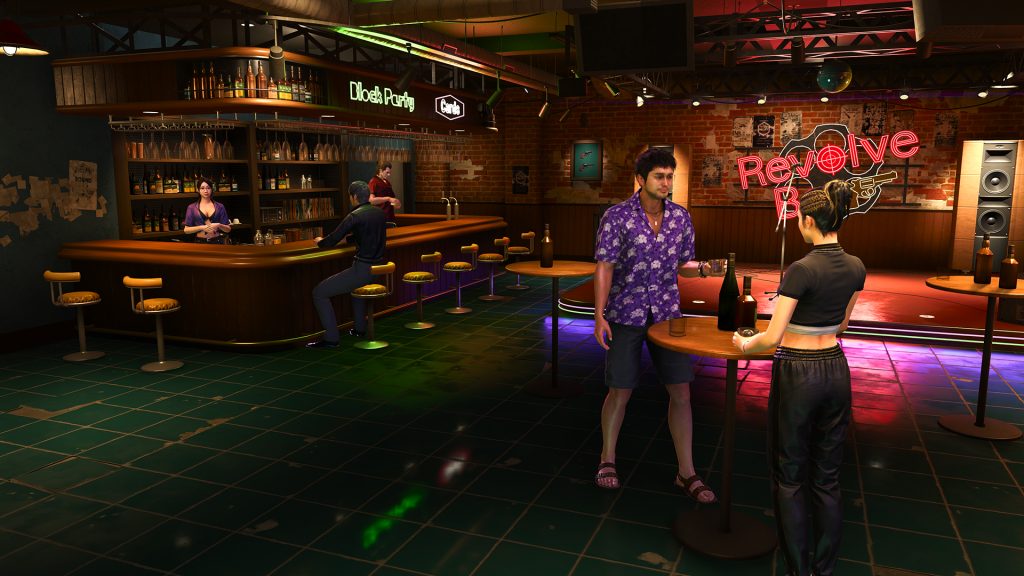
– The prequel to the main story, 0, is set in the 1980s. Does your team have a period archaeology supervisor?
Yokoyama: We basically do it ourselves. So we have to be aware of it ourselves.
– There seems to be an enormous amount of work to be done and checked for each series.
Yokoyama: It’s really hard. However, games are entertainment, so I think it is also necessary to tell lies in order not to take away from the entertainment value. For example, even in historical dramas, we sometimes dare to use modern words. The most important thing is for people to enjoy the story, so knowing which aspects of reality to preserve and where to take creative liberties is essential.
For example, in Infinite Wealth, we had enough study for the setting of the waste from nuclear development. If we lied about it, the reality would be diluted. The low-concentration waste is contained in drums like this, and when it is transported out of the site, it is in this condition……. was done carefully.
On the other hand, if I had realistically expressed the flight time from Japan to Hawaii, the story would not work, so I boldly lied about that.

What Like a Dragon values more than reality
– In a game, you can push buttons to advance the story, control characters, and create an interactive experience that involves you in the world of the game. How do you feel about the reality that is only possible in such games?
Yokoyama: The definition of reality is different for each work, but in the case of Like a Dragon, there is no desire or idea to create something realistic.
Our premise is “something that could exist in a game space,” and our main focus is to enjoy the innovative plot. As long as it is not an element that would greatly disturb that premise, I believe that any unrealistic element can be included.

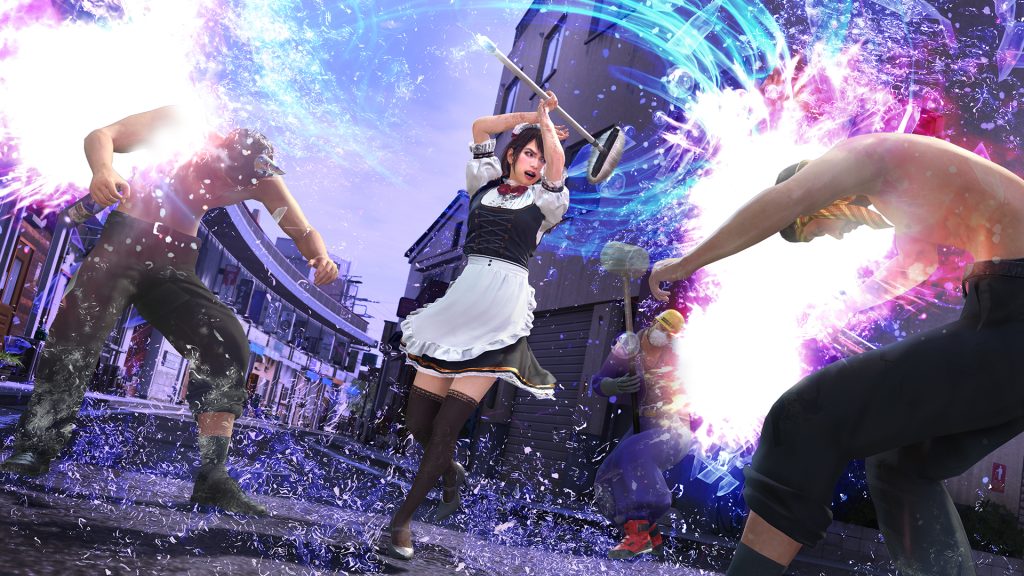
– The main story is the axis. That’s pretty clear, isn’t it?
Yokoyama: Yes, it is very clear. I often tell the members that Like a Dragon is like curry rice. The main story is like a curry roux, and even if you add pork cutlets, chicken, or pickled vegetables, the identity of the curry is not lost.
I’m going to keep talking about curry for a moment (laughs), but I think curry rice is made possible by the strong flavor of the roux. It has a steadiness that neutralizes a variety of toppings and makes everything taste like curry.
We have a lot of mini-games in Like a Dragon, and we ask the young staff to present their mini-games to us before we adopt them. Of course, if they’re boring, we won’t use them, but no matter how outlandish the setting or content of the game is, it’s okay because the main story will neutralize it, just like the roux.
– So there is a secret behind the abundance of mini-games at the development site.
Yokoyama: What I do on the production and scenario side is make the bowls, and we all decide on the ingredients. Even if there are two or three green peas in it, the taste is the same. The whole experience of the game is “I had a delicious curry rice!” I think.


A VTuber character we took a gamble on including in the scenario
– What struck me most when I played Infinite Wealth was the topicality, dealing with nuclear waste issues and the emerging religions you mentioned. Also, since the game is set in Hawaii, the story of men who have lost their way is indirectly a story about immigrants. The reality created by choosing such a story was wonderful.
Yokoyama: That was a kind of gamble. Since we only had about eight months to make 2 from the first work, we only had to deal with the “now” as we saw it, even in terms of the story. But Infinite Wealth took three to four years to complete, so the initial scenario development was like a job of predicting the future.
We had to think about a world that would feel real to us in a few years, and there was some concern about how to handle VTubers this time. I wasn’t sure if they would still be popular in three years and if it would be a word that everyone would know.
– These days, trends change at an extraordinary rate, don’t they?
Yokoyama: I think the ability to create a simultaneous reality in a game is similar to predicting the future; in the first game, the Millennium Tower skyscraper is built in Kamurocho in our story, but there were actually buildings built in Kabukicho. Two of them.
I feel that thinking about stories, fictional realities, is also thinking about what the world is looking for. So I think it will eventually intersect with reality.

Human “ability” still valued even as technology evolves
– You’ve been in charge of scenario writing since the beginning of the series, but isn’t the development team a big part of your job?
Yokoyama: Yes, we are blessed with a team of excellent staff. Since Like a Dragon is set in the present day, the more the series progresses, the more props and art assets we need. If the hardware specifications change too much, they can no longer be used, but the area for “Ijincho”that appeared in Yakuza: Like a Dragon and the tools for it can be used forever.
So for Gaiden, we used almost everything except the characters, and the production time was only half a year. But what was important was not the accumulation of data, but the accumulation of people. More specifically, it was the accumulation of each person’s ability to search the databases.
Many of our staff have been with the company for a long time, and they have a good sense of what is in the series database and how it can be combined to create something like this. If someone didn’t know what was in the database, they would tend to think it would be faster to build something from scratch.
– Even with cutting-edge technologies like AI or 3D scanning, the people who use them are ultimately the assets.
Yokoyama: Creation is often thought of as making something from scratch, but I don’t think it’s like that. For example, there are stories about people remembering old memories. I think “remembering” means finding specific data from the hard drive of your life and experiences.
I think the same is true in game production, and the ability to search through a huge amount of data to find something quickly is an important aspect of creativity. I think the Ryu Ga Gotoku Studio has a lot of rich and talented staff in this regard.

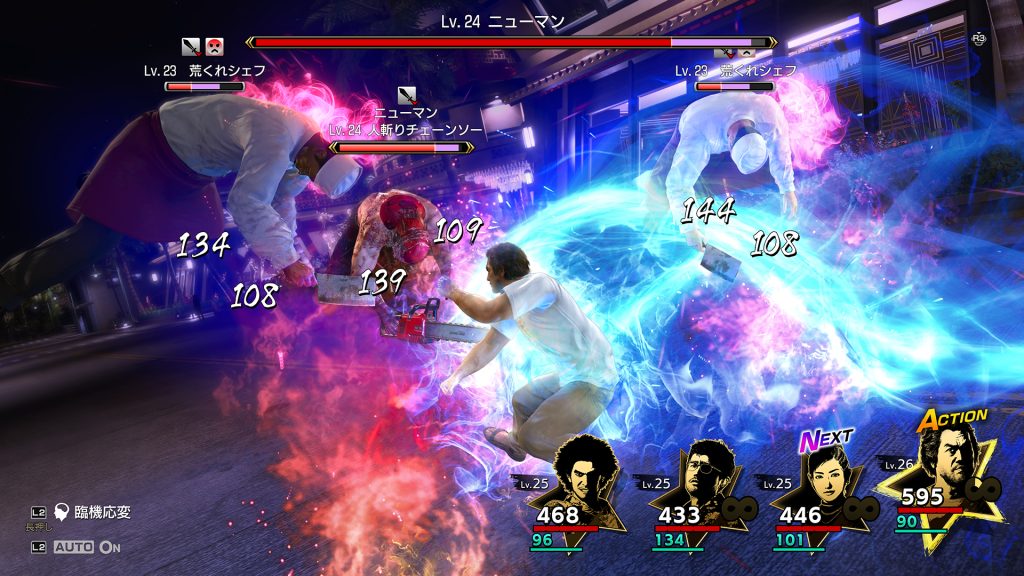
Jobs to be left to AI and jobs to be left to humans. And the future of the game industry
– Now that we have talked about human resources, I would like to ask you about technology. For example, are you using AI?
Yokoyama: At Ryu Ga Gotoku Studio, we use AI in the right places for the right people. A simple example is that AI is in charge of debugging games. We have built a system in which AI works 24 hours a day to find bugs that may occur unexpectedly by repeating the same game play that a human player may or may not do. Inorganic tasks that humans are not good at are where AI excels.
Meanwhile, AI is being introduced into some of the emotional aspects of the game. The big example is the behavior of NPCs (Non-Player Characters, which refers to characters not controlled by the player) in the entertainment district.
In the past, NPCs would simply walk in circles along a predetermined path, which is unnatural considering the reality of the city. Some people are looking at their cell phones or waiting for someone. If you put that kind of thought process into the NPCs, it becomes like a realistic area.

– It seems to me that human movements and reactions have improved remarkably in recent years.
Yokoyama:There is actually some human work involved. For example, when we introduced Hawaii, we changed the skeletons of all the NPCs. Since we had made Japanese characters in the past, we changed the textures and hair color of the Hawaiian characters in the early stages of development to make them look like people from overseas, but that made them look uncomfortable.
If you think about it, Westerners have smaller faces and higher hips than Japanese. The reality of Hawaii could not be created without changing the entire skeleton. It is important to recreate buildings and famous places that are typical of Hawaii, but what is more important in terms of reality is the accumulation of such details that are difficult to see.

– Finally, I would like to ask you about the future of game production and its environment. Compared to overseas, games from Japan are no longer necessarily the standard, so what do you think about that?
Yokoyama: I don’t think about it that much. However, when the Like a Dragon (franchise) started, people from all over the world said to me, “You guys, this is great.” It’s part of my job to meet everyone’s expectations, so I keep making games.
I know this is a rambling topic, but even though there is no goal for the future, the world will surely continue to experience unexpected events. Natural disasters are one thing, and technological development is another. There is no point in thinking about them one by one. But it is the fate of those of us involved in the game production business to ride the waves of time, and I think we will continue to live with the times like surfers.

Information
-

Like a Dragon: Infinite Wealth
Like a Dragon: Infinite Wealth
Like a Dragon: Infinite Wealth is a dramatic role-playing game that depicts the best drama of the series and features two main characters: Ichiban Kasuga, a man who rises from the bottom, and Kazuma Kiryu, a man who challenges the last battle of his life. This title features Hawaii, the first overseas stage in the series. You can enjoy “new live command RPG battles” with more strategy, fascinating characters played by great actors, profound scenarios, and a variety of game spots.
- Related Links: https://ryu-ga-gotoku.com/eight/
Guest Profile
-
Masayoshi Yokoyama
Masayoshi Yokoyama
Representative and Executive Producer of Sega’s “Ryu Ga Gotoku Studio”. Joined SEGA as a planner in 1999, and has been in charge of scenario and direction since the beginning of the Like a Dragon (franchise). Since 2010, he has also been producing the entire series.
- Related Links: https://x.com/yokoyama_masa
- : https://x.com/ryugagotoku
Co-created by
-
Taisuke Shimanuki
Writer
Taisuke Shimanuki
Writer
Art Writer/Editor. Born In Kanagawa In 1980. Living In Beppu, Kyoto. Writes, Edits, And Plans For Tokyo Art Beat, CINRA.NET, And Bijutsu Techo. In 2019, Formed A Collective Research Group With Ai Saegusa (Artist) And Pijin Neji (Dancer). From 2021, The Team Name Will Be Changed To "Uho", And They Will Continue To Research And Output In Various Forms Such As Exhibitions, Performances, And Editorials.
- Kamoberi | Social Distance Art Magazine:: http://kamoberi.com/
-
Tomohiro Takeshita
Photographer
Tag
Share
Discussion
Index
Index
Archives
Recommend
Recommend
Recommend
Recommend
Recommend
-

{ Community }
Tomihiro Kono, who also designs wigs for Björk, explores multiple areas of creativity, including 2D, 3D, and AR
Tomihiro Kono, who also designs wigs for Björk, explores multiple areas of creativity, including 2D, 3D, and AR
Tomihiro Kono, who also designs wigs for Björk, explores multiple areas of creativity, including 2D, 3D, and AR
-

{ Special }
Shared Weather Experience Viewer
Shared Weather Experience Viewer
Shared Weather Experience Viewer
-

{ Prototype }
Fracture Born From The Fusion Of The Virtual And The Physical ── Sunaki “GEMINI EXHIBITION: Debug Scene” Artist Interview 03
Fracture Born From The Fusion Of The Virtual And The Physical ── Sunaki “GEMINI EXHIBITION: Debug Scene” Artist Interview 03
Fracture Born From The Fusion Of The Virtual And The Physical ── Sunaki “GEMINI EXHIBITION: Debug Scene” Artist Interview 03
-

{ Special }
Score System of Self-Formation
Score System of Self-Formation
Score System of Self-Formation
Hot topics
Hot topics
Hot topics
Hot topics
Hot topics
-

{ Community }
Scent Transcends Memory to Change Behavior. The Future of Digital x Olfaction, by Scent Marketing Pro Gouchi Hamada
Scent Transcends Memory to Change Behavior. The Future of Digital x Olfaction, by Scent Marketing Pro Gouchi Hamada
Scent Transcends Memory to Change Behavior. The Future of Digital x Olfaction, by Scent Marketing Pro Gouchi Hamada
-

{ Community }
The stage is a restroom designed by Tadao Ando. Possibilities of media mix that GEMINI pioneers.
The stage is a restroom designed by Tadao Ando. Possibilities of media mix that GEMINI pioneers.
The stage is a restroom designed by Tadao Ando. Possibilities of media mix that GEMINI pioneers.
-

{ Community }
“Conveying the Moment of ‘Now’ in History: Catalan Artist Xavi Bové’s Light Expressions”
“Conveying the Moment of ‘Now’ in History: Catalan Artist Xavi Bové’s Light Expressions”
“Conveying the Moment of ‘Now’ in History: Catalan Artist Xavi Bové’s Light Expressions”
-

{ Community }
“Designing with Heart: How Amanda Talbot is shaping a better future through emotionally intelligent AI”
“Designing with Heart: How Amanda Talbot is shaping a better future through emotionally intelligent AI”
“Designing with Heart: How Amanda Talbot is shaping a better future through emotionally intelligent AI”
-

{ Community }
Unearthing the Future: How ancient history can guide modern innovation with Darius Arya
Unearthing the Future: How ancient history can guide modern innovation with Darius Arya
Unearthing the Future: How ancient history can guide modern innovation with Darius Arya
-

{ Community }
Interview with Masayoshi Yokoyama from Ryu Ga Gotoku Studio. Talks about reality in games and the future of the industry
Interview with Masayoshi Yokoyama from Ryu Ga Gotoku Studio. Talks about reality in games and the future of the industry
Interview with Masayoshi Yokoyama from Ryu Ga Gotoku Studio. Talks about reality in games and the future of the industry
-

{ Community }
The new form of pilgrimage. What is the border of real and fictional worlds that Petra Szemán pictures?
The new form of pilgrimage. What is the border of real and fictional worlds that Petra Szemán pictures?
The new form of pilgrimage. What is the border of real and fictional worlds that Petra Szemán pictures?
Special
Special
Special
Special
Special
Featured articles spun from unique perspectives.
What Is
“mirror world”...
What Is
“mirror world”...
What Is
“mirror world”...
What Is
“mirror world”...
What Is
“mirror world”...
“mirror world”... What Is
“mirror world”... What Is
“mirror world”... What Is
“mirror world”... What Is
“mirror world”...
Go Down
Go Down
Go Down
Go Down
Go Down
The Rabbit
The Rabbit
The Rabbit
The Rabbit
The Rabbit
Hole!
Hole!
Hole!
Hole!
Hole!
Welcome To Wonderland! Would You Like To Participate In PROJECT GEMINI?





